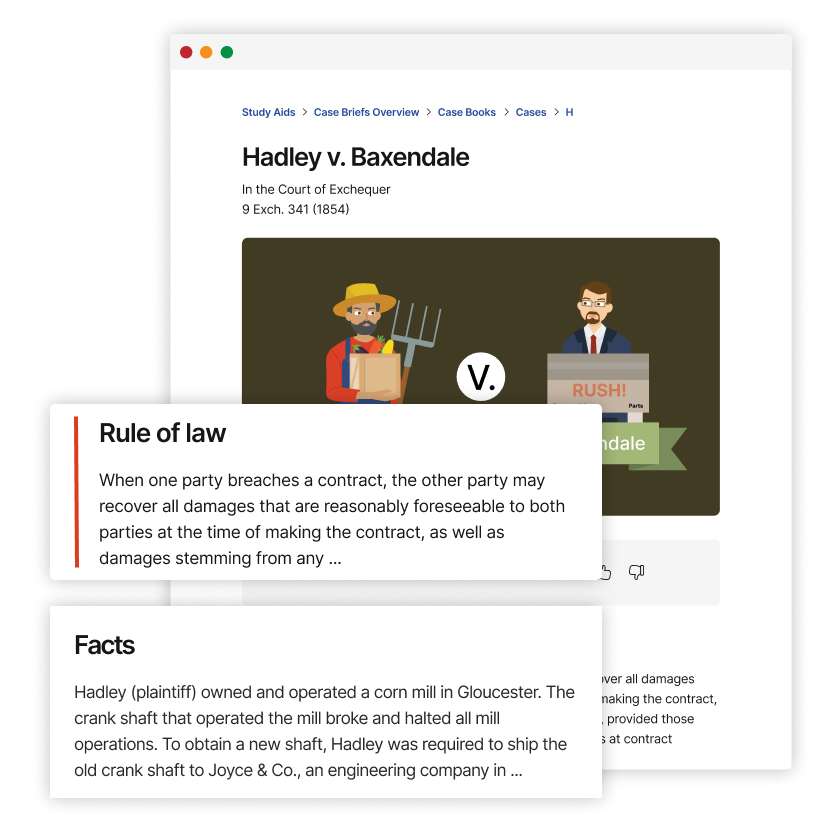In re H.G., A Minor
Illinois Supreme Court
324 Ill. App. 3d 1084, 757 N.E.2d 864 (2001)
- Written by Liz Nakamura, JD
Facts
H.G. was removed from the custody of her mother, E.W. (defendant), and placed in the custody of the Department of Children and Family Services (DCFS) after the circuit court found she had been neglected. Approximately nine months later, the state (plaintiff) filed to have E.W.’s parental rights terminated. Due to continuances filed by both sides, witness-availability logistics, and a lack of available trial dates, the case was not heard until approximately 15 months later. In the interim, E.W. filed a petition for a resumption of her parental rights and the state amended its petition to include a charge under Adoption Act Section 1(D)(m-1) that E.W. was unfit because H.G. had been in foster care for 15 out of the last 22 months. E.W. moved to strike, claiming that Section 1(D)(m-1) violated her right to substantive due process because it was not narrowly tailored, improperly placed the burden of proof on the parent, and improperly considered the child’s best interests in evaluating the parent’s fitness. The circuit court denied E.W.’s custody petition, finding that E.W. was a fit parent but that it was not in H.G.’s best interests to be returned to her custody. The circuit court granted E.W.’s motion to strike, ruling that under strict scrutiny, Section 1(D)(m-1) was unconstitutional on due-process grounds because the statute’s reliance on the simple passage of time was not narrowly tailored to effectuate the state’s interest in child protection. The state appealed, arguing that no fit parent would leave a child in foster care for 15 out of 22 months and that Section 1(D)(m-1) was therefore narrowly tailored.
Rule of Law
Issue
Holding and Reasoning (McMorrow, J.)
What to do next…
Here's why 899,000 law students have relied on our case briefs:
- Written by law professors and practitioners, not other law students. 47,000 briefs, keyed to 994 casebooks. Top-notch customer support.
- The right amount of information, includes the facts, issues, rule of law, holding and reasoning, and any concurrences and dissents.
- Access in your classes, works on your mobile and tablet. Massive library of related video lessons and high quality multiple-choice questions.
- Easy to use, uniform format for every case brief. Written in plain English, not in legalese. Our briefs summarize and simplify; they don’t just repeat the court’s language.





